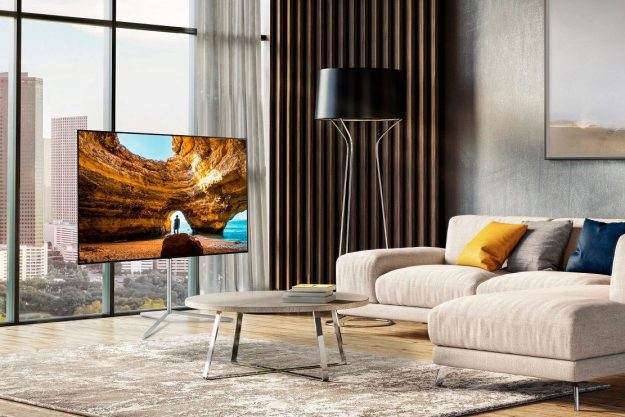Whether it’s robots or smartphones, AI or premium audio products, Japan has always been at the forefront of any conversation about technology. We recently spent several weeks in Tokyo discovering not only what some of the biggest names in new tech are creating, but also taking advantage of the exciting location to test out the best smartphone cameras, and discover the charm of its popular tech-tourism destinations. Make sure to check out other entries in our series “Modern Japan.”
Audio Technica’s ATH-DSR9BT headphones are fantastic, but they almost never made it past the early stages of life, which would have robbed us of a superb-sounding pair of Bluetooth headphones. It’s a good thing they weren’t abandoned, as the technology that was developed subsequently made the
Right at the beginning of the yearlong project to bring the DSR9BT to life, the intent was to simply add AptX HD Bluetooth to a pair of high-resolution audio headphones, enhancing the wireless experience. The engineers took the existing ATH-SR9
A decision had to be made. Was the project doomed to failure? Audio Technica prides itself on producing the very best transducers — whether it’s inside a microphone or a speaker — and wasn’t going to settle for a product that was substandard. If it was to go ahead, everything needed to change. The project was greenlit, and the DSR9BT headphones started coming to life.
The next months saw radical alterations shift the project far away from the wired ATH-SR9s, and take in technology from other existing Audio Technica models — the 2014 ATH-DN1000USB and the ATH-MSR7. The result, Audio Technica told Digital Trends, is like putting a big engine into a small car. Not in a man-in-his-garage way, but like a highly technical racing team concerned with precision and performance. The vision was simple enough — wireless headphones are the way forward for many people, but that shouldn’t mean compromising on sound quality.
Was the project doomed to failure?
The racing team analogy is also appropriate for Audio Technica’s headquarters. It’s squeaky clean in a way that’s reminiscent of McLaren’s notoriously spotless offices in the United Kingdom, but rather than racing cars filling the entrance hall, Audio Technica honors its industry with a collection of classic gramophones. Donated by the founder, some date back to 1905, all are lovingly maintained, and they all still function. It’s a wonderful demonstration of how far the audio industry has moved on in a century.
They’re also a world apart from the ATH-DSR9BTs. Audio Technica’s choice of engine came from the 2014 ATH-DN1000USB headphones, a niche pair of high-resolution
To better control the movement of air inside the headphones, a newly designed, uniform vent system replaces an uneven version. The end result is the True Motion Driver, speaker technology only possible because Audio Technica designs and manufactures all the major components. Only a few
All of these internal changes allow Audio Technica to more accurately predict what the headphones will sound like. The
The ATH-DSR9BT were made for Bluetooth, and that’s how it wants you to listen.
Interestingly, although the addition of Pure Digital Drive and removal of DAC systems inside the DSR9BT do not have any effect on battery life, they would if the drivers were larger, like inside a speaker system, where it would reduce power consumption. When asked if Audio Technica was working on a speaker system — which would be a first for the company — the question was met with silence. Although we don’t know yet, we’d speculate that something is being planned.
However, a new set of headphones using the same principles, Bluetooth technology, and the Pure Digital Drive may arrive at CES 2018. We got the impression a more reasonably priced pair may be on the way. Audio Technica continues to increase Bluetooth audio quality, and change people’s minds about what
If you haven’t tried a pair of Audio Technica’s ATH-DRS9BT headphones with an AptX HD smartphone, then make a point to do so. The research, development time, and technology that went into creating them is special, and the sound they produce is evidence of the company’s expertise. Your ears will be very pleased the project was seen through to the end.








